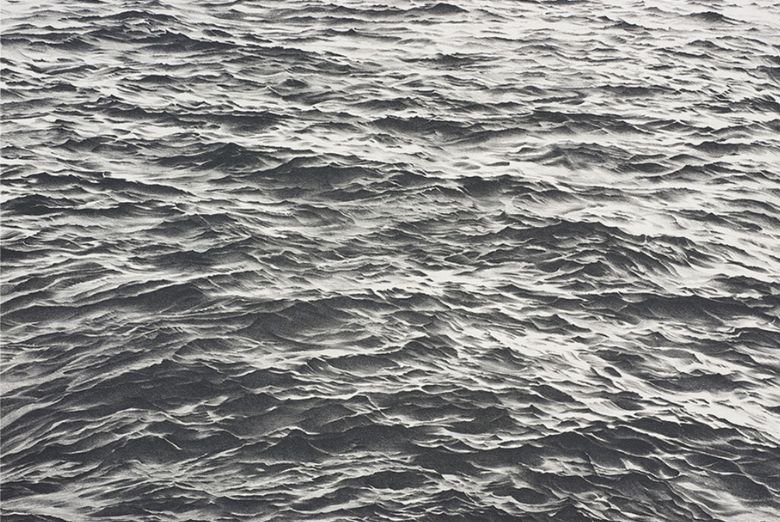Creating your own paint at home can be a fun and cost-effective way to express your creativity. Not only does it save you a trip to the store, but it also allows you to customize your colors and experiment with different materials. In this professional guide, we will explore 10 DIY methods to create paint from common household items. Whether you’re a seasoned artist or just starting out, these homemade paint recipes will inspire you to unleash your artistic potential. So, grab your brushes and let’s get started on the exciting journey of making paint!
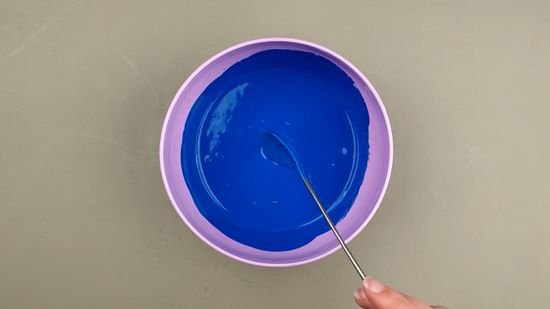
Understanding the importance of homemade paint
Before we delve into the various methods of creating paint from household items, it’s important to understand why homemade paint is so valuable.
First and foremost, creating your own paint allows you to have full control over the ingredients used. This is especially significant for those with sensitivities or allergies to certain chemicals commonly found in store-bought paints. By using household items, you can ensure that your paint is free from any harmful additives.
Additionally, homemade paint promotes sustainability and reduces waste. Many everyday items that would typically end up in the trash can be repurposed to make paint. This not only saves money, but it also contributes to a more eco-friendly lifestyle.
Lastly, making your own paint sparks creativity and encourages experimentation. With an endless array of materials at your disposal, you can mix and match different ingredients to create unique hues and textures. The process of making paint becomes an art form in itself, allowing you to truly connect with your creative self.
Now that we understand the importance of homemade paint, let’s dive into the first method: creating paint from spices. Stay tuned for our next section, where we explore the vibrant world of natural pigments!
Safety precautions before starting your DIY project
Before you embark on creating your own paint from household items, it’s important to take some safety precautions. While homemade paint can be a fun and rewarding project, it’s essential to prioritize your well-being.
Firstly, make sure you are working in a well-ventilated area. Some household ingredients, such as vinegar, may emit strong odors that could be irritating if inhaled for an extended period. Opening windows or using fans can help to keep the air circulating and prevent any discomfort.
Secondly, protect your skin and eyes by wearing gloves and goggles. Some ingredients, like certain spices or acids, may cause irritation or allergies, especially if you have sensitive skin. By wearing protective gear, you can minimize the risk of any unwanted reactions.
Lastly, keep your work area clean and organized. Spilled ingredients or mixed paints could cause slips, falls, or accidental ingestion. Tidying up as you go will ensure a safe and hazard-free environment for your DIY paint-making adventure.
Now that you’re equipped with safety tips, let’s move on to exploring the vibrant world of natural pigments in our next section. Stay tuned for some remarkable ways to create colorful paints using items found in your pantry!
1. Making paint from spices and food coloring
To begin, gather your materials. You will need ground spices such as turmeric, paprika, or cinnamon, along with food coloring in various shades. These can easily be found in your kitchen pantry or local grocery store.
Start by adding a small amount of your chosen spice into a mixing bowl. Gradually add water and stir until you achieve a smooth consistency. The amount of water may vary depending on the thickness or consistency you desire.
Next, add a few drops of food coloring into the mixture. Experiment with different combinations to create unique hues. Remember, a little goes a long way, so start with a small amount and gradually add more until you achieve your desired color.
Once your paint is ready, transfer it into small jars or containers for easy storage and use. Remember to label each color for future reference.
With just a few simple steps, you can create a range of vibrant and natural paint colors using spices and food coloring. Stay tuned for the next method, where we will explore another exciting way to create paint from household items.
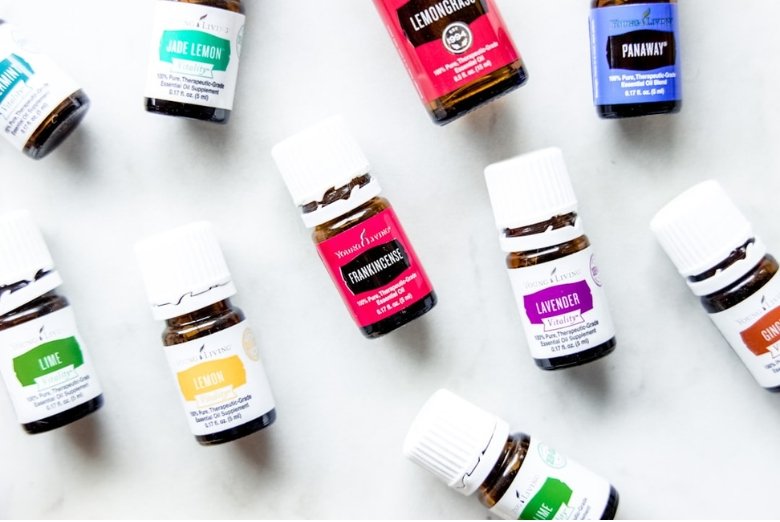
2. Using flour and water for a simple paint mix
You will need all-purpose flour, water, mixing bowls, and a whisk or spoon for stirring. These items can easily be found in your kitchen or pantry.
In a mixing bowl, combine equal parts flour and water. Start with a small amount of each and gradually add more until you achieve the desired consistency. Remember, you can always add more water or flour if needed.
Using a whisk or spoon, stir the mixture until it is smooth and free of any lumps. If you prefer a thicker paint, add more flour. For a thinner consistency, add more water.
Once your paint mix is ready, transfer it into small jars or containers for easy storage and use. Label each container with the color name for future reference.
Using flour and water as the base, you can easily create a simple paint mix that is perfect for various DIY projects. Stay tuned for the next method, where we will explore yet another exciting way to create paint from household items.
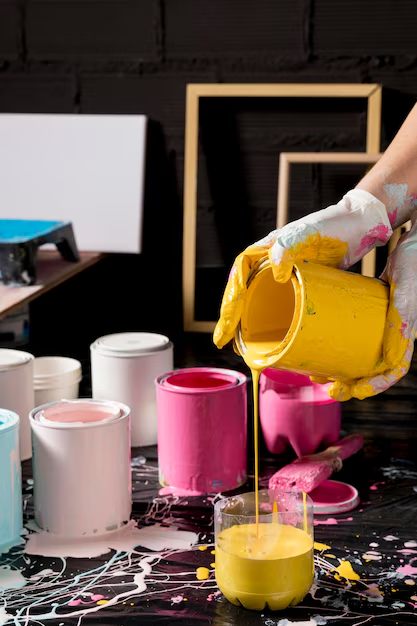
3. Creating a natural paint with fruits and vegetables
Some great options include berries, spinach, beets, turmeric, and cabbage. These natural ingredients will be the key to achieving a wide range of hues.
Begin by preparing your chosen fruits and vegetables. You can either mash them or blend them with a small amount of water to create a smooth paste.
Next, strain the mixture to remove any solids, ensuring that you are left with a liquid extract. This extract will be the base of your natural paint.
Now, it’s time to get creative! Use small containers to separate the liquid extract into different colors. Feel free to mix colors and experiment with various combinations to achieve the desired shades.
To thicken the paint, consider adding a bit of flour or cornstarch to each color mixture. This will help give the paint a smoother consistency and make it easier to apply.
With your natural paint ready, you can unleash your artistic side and start creating beautiful masterpieces. Whether you’re painting on canvas or adding color to a home decor project, this natural paint will add an organic touch to your artwork.
Stay tuned for our next method, where we will explore how to create paint using common items found in your bathroom cabinet. Get ready to transform your DIY projects with these creative paint recipes!
4. Experimenting with different types of oils for oil-based paint
Oil-based paints offer a variety of benefits, including durability and a professional finish. By experimenting with different types of oils, you can create your own custom oil-based paints for all your painting projects.
Start by gathering a selection of oils. Some common options include linseed oil, walnut oil, and poppyseed oil. Each oil brings its own unique properties to the paint, so don’t be afraid to mix and match to find the perfect combination.
To create your oil-based paint, mix your chosen oil with pigment powders. These powders come in various colors and are readily available at art supply stores or online. Add the pigment powder gradually to the oil, stirring until you achieve the desired consistency and color.
Remember to experiment with different ratios of oil to pigment powder to achieve different effects. A higher ratio of oil will result in a more transparent paint, while a higher ratio of pigment powder will give you a more intense, opaque color.
Once your paint is mixed, transfer it to a small airtight container to keep it fresh and prevent it from drying out. It’s also a good idea to label the container with the color and type of oil used for future reference.
Oil-based paints can be used on various surfaces, including canvas, wood, and metal. They are perfect for creating detailed artwork or adding a professional touch to your home decor projects.
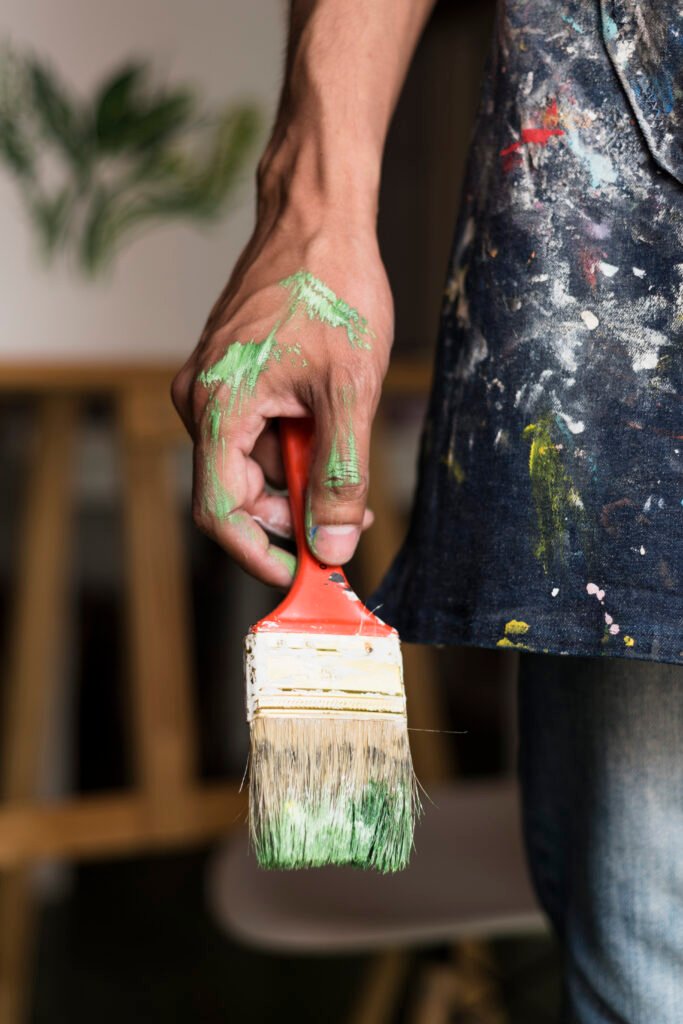
5. Recycling and repurposing household materials for paint
Not only does this method help reduce waste, but it also allows you to get creative with your paint recipes.
Before you get started, take a look around your home for items that you can transform into paint. Old crayons, chalk, or markers can be melted down and mixed with water or other mediums to create vibrant colors. You can also repurpose coffee grounds or tea leaves to add texture and unique tones to your paint.
To create your recycled paint, simply gather your chosen materials and grind or melt them down into a fine powder or liquid. Experiment with different ratios and mixtures to achieve the desired consistency and hue.
Remember to keep an open mind and have fun with this method. The possibilities are endless when it comes to repurposing household materials for paint. So start exploring and see what hidden artistic treasures you can create! Stay tuned for our next method, where we will delve into the world of natural dyes and pigments.
6. Incorporating household cleaning products into your paint
This method not only allows you to create unique colors and textures but also gives your paint an added cleaning element.
One household cleaning product that you can use is baking soda. This versatile ingredient can be mixed with water, acrylic paint, or even food coloring to create a smooth and thick paint. The baking soda not only adds texture but also acts as a gentle abrasive, making it perfect for creating paint that can be used for scrubbing or covering stains on various surfaces.
Another cleaning product you can experiment with is vinegar. By mixing vinegar with water and adding a few drops of food coloring, you can create a paint that has a vibrant and glossy finish. Vinegar also helps in preserving the paint, making it last longer.
Remember to always test your homemade paint on a small surface before using it on larger projects. This will allow you to adjust the ratios and consistency if needed. Stay tuned for our next method, where we will explore using food items to create natural paint colors.
7. Utilizing common arts and crafts supplies to make paint
These supplies can easily be found in your local arts and crafts store or even in your own home.
One common supply that you can use is cornstarch. By mixing cornstarch with water and adding a few drops of food coloring, you can create a thick and creamy paint. The cornstarch gives your paint a smooth texture and allows it to adhere well to most surfaces. This is a great option for creating paint that can be used for projects such as finger painting or stamping.
Another arts and crafts supply that you can experiment with is glue. By mixing glue with water and adding acrylic paint, you can create a glossy and durable paint that is perfect for projects that require a glossy finish, such as painting ceramics or glass.
Remember to always have fun and get creative with your homemade paint. The possibilities are endless! Stay tuned for our next method, where we will explore using natural materials to create unique paint colors.
8. Mixing sand or dirt with water for a textured paint effect
If you’re looking to add some interesting texture to your artwork, this method is perfect for you. Mixing sand or dirt with water can give your paint a gritty and natural look that adds depth and dimension to your projects.
To create this textured effect, start by collecting some sand or dirt from your backyard or local park. Make sure to choose sand or dirt that is free from debris and large rocks. Add the sand or dirt to a bowl and gradually mix in water, stirring well until you achieve the desired consistency.
You can then use this textured paint to add interesting effects to your paintings, murals, or even to create textured backgrounds for your crafts. Experiment with different ratios of sand or dirt to water to create different textures and effects.
Stay tuned for our next method where we will explore using everyday spices to create vibrant and unique paint colors. Remember, the possibilities are endless when it comes to creating your own paint!
9. Using chalk to create vibrant and washable paint colors
If you’re looking to add some bold and vibrant colors to your artwork, look no further than chalk. This method is not only easy, but it also provides a washable paint solution that is perfect for creating temporary murals or for projects with younger artists.
To create chalk paint, start by gathering some chalk sticks in the desired colors. Remove the chalk from the sticks and crush them into a fine powder using a mortar and pestle or a small hammer. Once you have a fine powder, mix it with a small amount of water until you achieve a smooth and creamy consistency.
This chalk paint can be used on a variety of surfaces such as paper, cardboard, or even sidewalks. The best part is that it can easily wash away with water, allowing you to change or remove your artwork as needed.
Stay tuned for our final method, where we will show you how to create metallic paint using simple household items.
10. Customizing your homemade paint with various additives
Now that you have explored different methods to create paint from household items, it’s time to take your DIY paint to another level. By adding various additives, you can customize your homemade paint to achieve different effects and textures in your artwork.
One common additive is flour, which can thicken your paint, giving it a more impasto-like texture. Simply mix a small amount of flour into your paint mixture until you reach the desired consistency. Experiment with different amounts to achieve varying levels of thickness.
For a glossy finish, consider adding a few drops of dish soap into your paint mixture. This will give your artwork a lustrous sheen once it dries. Alternatively, you can mix in a small amount of white glue to create a more adhesive and durable paint.
By experimenting with different additives, you can create a wide range of effects and finishes in your artwork. So, don’t be afraid to get creative and take your homemade paint to the next level!
We hope you have enjoyed our 10 DIY methods to create paint from household items! Remember, creativity knows no boundaries, and with a little imagination, you can turn everyday items into beautiful works of art.
Conclusion
You have now learned 10 DIY methods to create paint from household items. With these recipes, you can save money and reduce waste while unleashing your artistic potential.
Creating your own paint opens up a world of possibilities. From vibrant acrylics to earthy watercolors, you have the ability to customize your colors and experiment with different effects. Whether you’re a beginner or a seasoned artist, these DIY formulas are a fantastic way to explore your creativity.
Remember to always use proper safety measures when working with these homemade paints, such as wearing gloves and working in a well-ventilated area. And don’t forget to have fun! The process of mixing and creating your own paints is an art form in itself.
So, gather your household items, set up your workspace, and let your imagination run wild. The world is your canvas, and with these DIY paint recipes, there are no limits to what you can create.


